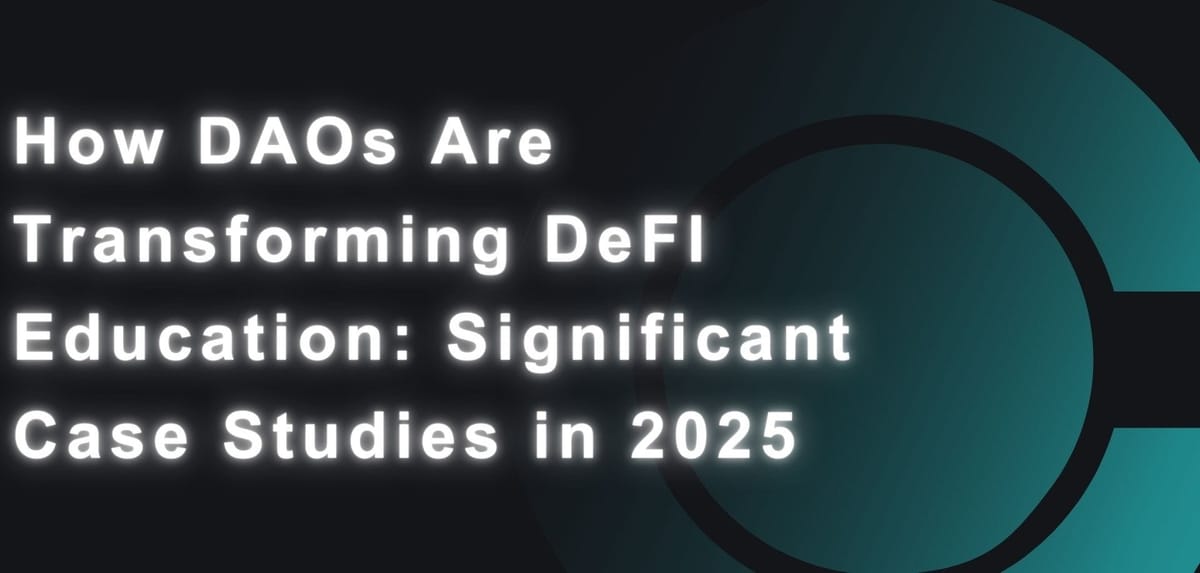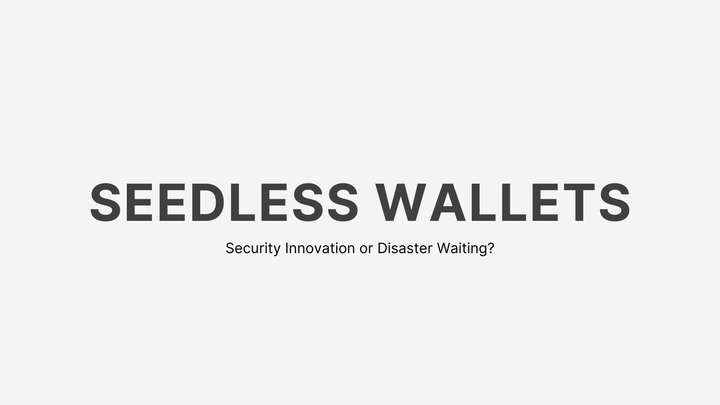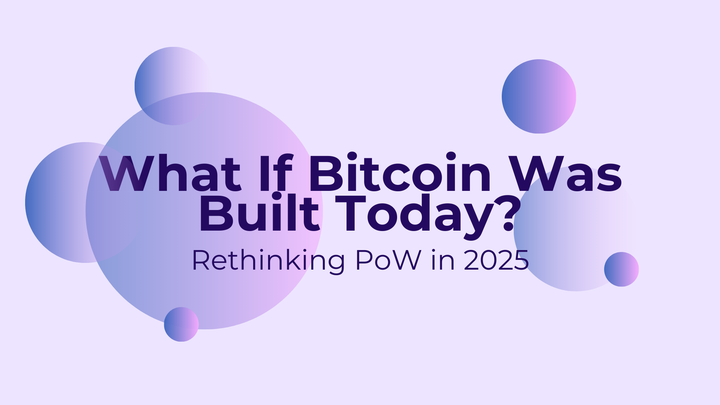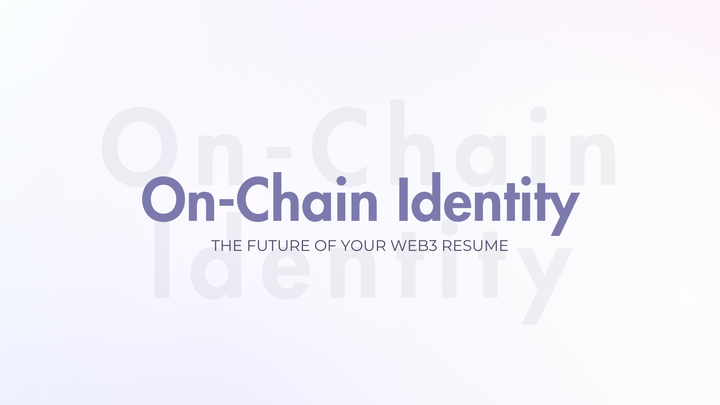How DAOs Are Transforming DeFI Education: Significant Study cases in 2025

Decentralized Autonomous Organizations (DAOs) are reshaping the educational landscape in 2025, introducing a paradigm shift that challenges traditional, centralized models of learning. By leveraging blockchain technology and smart contracts, DAOs enable transparent, community-driven governance, fostering inclusive and personalized learning environments. This article explores how DAOs are transforming education through case studies of decentralized universities, their governance of learning communities, and the evolving roles of students. Drawing on real-world examples and emerging trends, we delve into the potential of DAOs to democratize education, empower learners, and redefine the future of knowledge acquisition.
The Rise of DAOs in Education
DAOs are blockchain-based entities governed by smart contracts, which automate decision-making and resource allocation without a central authority. Unlike traditional organizations, DAOs operate on principles of transparency, decentralization, and community participation, where stakeholders often token holders vote on proposals to shape the organization’s direction. In education, this model is revolutionizing how institutions are structured, how curricula are developed, and how students engage with learning.
The appeal of DAOs lies in their ability to address longstanding issues in education, such as accessibility, inclusivity, and bureaucratic inefficiencies. Traditional educational systems, often constrained by top-down governance, struggle to adapt to diverse learner needs or rapidly evolving industries. DAOs, by contrast, empower communities to make collective decisions, ensuring that education aligns with the interests and aspirations of its stakeholders. As of 2025, DAOs are managing over $24.5 billion in treasuries across 13,000 organizations, with education-focused DAOs gaining traction as hubs for innovative learning.
This article examines three key areas where DAOs are making an impact: decentralized universities, governance of learning communities, and the redefined roles of students. Through case studies, we highlight how these initiatives are creating a more equitable and dynamic educational ecosystem.
Case Study 1: Open Source University
Open Source University (OSU) is a pioneering DAO-based platform that connects learners with industry experts, offering real-world, project-based learning experiences. Launched in 2023, OSU operates as a decentralized university, leveraging blockchain to create a transparent, meritocratic system for education delivery. Unlike traditional universities, OSU has no central administration; instead, its governance is driven by token holders students, educators, and industry partners who propose and vote on curriculum updates, project funding, and platform development.
How It Works
OSU uses a token-based governance model, where participants earn “OSU tokens” through contributions such as completing projects, mentoring peers, or developing course content. These tokens grant voting rights, allowing stakeholders to influence the platform’s direction. For example, a student who completes a data science project might propose a new course on AI ethics, which the community votes on using smart contracts. This ensures that the curriculum remains relevant to industry needs and learner interests.
In 2025, OSU has grown to serve over 50,000 learners worldwide, offering courses in emerging fields like Web3, AI, and decentralized finance (DeFi). The platform’s transparency every transaction and vote is recorded on the blockchain builds trust among participants, ensuring that funds (e.g., tuition or grants) are allocated fairly. For instance, OSU’s treasury, valued at $10 million in 2025, is managed collectively, with students having a say in how funds are used, such as scholarships or research initiatives.
Impact on Education
OSU’s decentralized model eliminates barriers to access, allowing learners from underserved regions to participate without hefty tuition fees. The platform’s focus on real-world projects fosters practical skills, bridging the gap between academia and industry. By empowering students to shape their education, OSU creates a sense of ownership and engagement, contrasting with the rigid structures of traditional universities.
Case Study 2: Ed3 DAO
Ed3 DAO, founded in 2022, is a non-profit DAO focused on empowering educators to integrate Web3 principles into teaching. With a mission to educate 1 million educators by 2027, Ed3 DAO operates as a holacracy, where governance is distributed among self-organized groups rather than a top-down hierarchy. Each group, or “node,” focuses on a specific aspect of education, such as curriculum design, teacher training, or student funding.
Governance and Community
Ed3 DAO’s governance relies on a token-based voting system, where educators, students, and parents hold governance tokens that reflect their contributions to the community. For example, an educator who develops a new course module earns tokens, which can be used to vote on funding allocations or propose new initiatives. In 2025, Ed3 DAO has facilitated over 200 decentralized learning programs, ranging from coding bootcamps to sustainability workshops.
One notable initiative is Ed3 DAO’s “Global Educator Network,” which connects teachers across continents to share resources and collaborate on curricula. In 2024, the network launched a program in rural Africa, providing digital literacy training to 5,000 students through a decentralized platform. The transparency of blockchain ensures that all funds donated or earned through token rewards are traceable, reducing corruption and ensuring equitable distribution.
Student Roles
Students in Ed3 DAO are not passive learners but active contributors. They participate in governance by proposing projects, voting on resource allocation, and even co-creating course content. For instance, a group of students in 2025 proposed a course on blockchain-based voting systems, which was approved and funded through community votes. This participatory model empowers students to take ownership of their learning, fostering critical thinking and collaboration.
Case Study 3: Dream DAO
Dream DAO, launched in 2021, is the first DAO designed for high school students, focusing on activating Gen Z to lead in Web3 and regenerative projects. With a mission to empower young learners to tackle global challenges like climate change and inequality, Dream DAO has grown into a global learning community with over 10,000 members by 2025.
Decentralized Learning Hubs
Dream DAO operates as a network of decentralized learning hubs, where students join based on their interests, such as sustainability or social justice. Each hub is governed by its members, who use tokens to vote on projects, mentors, and funding. For example, a hub focused on climate impact might fund a student-led initiative to develop a blockchain-based carbon credit system. In 2025, Dream DAO’s treasury, worth $5 million, supports over 500 student-led projects worldwide.
The DAO’s emphasis on “learn-to-earn” models allows students to gain skills while earning tokens for their contributions. A student who organizes a workshop on decentralized governance, for instance, earns tokens that can be used for voting or exchanged for educational resources. This incentivizes active participation and aligns individual efforts with the community’s goals.
Student Empowerment
Dream DAO redefines student roles by treating them as co-creators of their education. Students lead projects, mentor peers, and even serve as “ambassadors” to onboard new members. In 2024, a group of Dream DAO students collaborated with a university in Brazil to design a course on regenerative agriculture, which was adopted by 20 schools globally. This level of agency contrasts sharply with traditional education, where students have little influence over curricula or institutional decisions.
Case Study 4: Mitosis University:
Mitosis University is a community-led initiative that embodies our core belief in peer-to-peer learning and collaborative knowledge sharing. Just as Mitosis pioneered Ecosystem-Owned Liquidity in DeFi, Mitosis University champions ecosystem-supplied education.
Mitosis university offers varieties of articles topics which are not specifically about Mitosis from different writers making it a community-driven DeFI learning Hub.
Governance of Learning Communities
DAOs govern learning communities through transparent, token-based systems that prioritize inclusivity and collaboration. Unlike traditional institutions, where decisions are made by administrators or boards, DAOs distribute power among all stakeholders students, educators, and even parents. This bottom-up approach ensures that educational programs reflect the community’s needs and values.
Token-Based Governance
In most educational DAOs, governance tokens are earned through contributions, such as creating content, mentoring, or completing projects. These tokens grant voting rights, allowing members to propose and approve initiatives. For example, in Ed3 DAO, a teacher might earn tokens by developing a new course, which they can use to vote on funding for a student scholarship program. This system aligns incentives, as members who contribute more have greater influence, but the transparency of blockchain prevents power concentration.
Challenges
Despite their potential, DAOs face challenges in governance. Low voter participation can hinder decision-making, as inactive token holders may not engage in proposals. Additionally, ensuring equitable token distribution is critical to prevent power concentration among a few members. DAOs like Uniswap have addressed this by implementing delegated voting, where token holders can assign their votes to active members, increasing efficiency.
Notable Impacts of DeFi education
DeFI education started gaining tractions and more users in 2025 and let's take a look at few impacts on DeFI.
Redefining Student Roles:
DAOs are transforming the role of students from passive recipients to active participants in their education. By giving students a stake in governance, DAOs foster agency, collaboration, and innovation.
Students as Co-Creators:
In DAO-based education, students co-create curricula and projects, ensuring that learning aligns with their interests and career goals. For example, in Open Source University, students propose courses based on emerging trends, such as Web3 development or sustainable design. This contrasts with traditional universities, where curricula are often outdated or disconnected from industry needs.
Learn-to-Earn Models:
DAOs incentivize student participation through token-based rewards. In Dream DAO, students earn tokens for leading projects or mentoring peers, which can be used for voting or accessing resources. This “learn-to-earn” model motivates students to engage actively and develop practical skills, preparing them for careers in decentralized ecosystems.
Global Collaboration:
DAOs enable students to collaborate across borders, fostering cultural exchange and diverse perspectives. The University of Cambridge’s international education DAO, for instance, connects students from 30 countries to work on joint projects, such as blockchain-based supply chain solutions. This global approach breaks down geographical barriers, making education more accessible and inclusive.
Challenges and Future Trends
While DAOs offer transformative potential, they face challenges in implementation. Regulatory compliance is a significant hurdle, as the legal status of DAOs varies by jurisdiction. In 2021, Wyoming became the first U.S. state to recognize DAOs as legal entities, but global adoption remains uneven. Data security is another concern, as blockchain-based systems must protect sensitive student information. Additionally, resistance to change from traditional institutions can slow adoption, requiring education and advocacy to highlight DAO benefits.
Looking ahead, DAOs are poised to further disrupt education. Future trends include:
- AI Integration: DAOs like MakerDAO are incorporating AI to analyze community sentiment and streamline governance, a trend likely to expand in education DAOs for personalized learning recommendations.
- Metaverse Learning: DAOs are partnering with metaverse platforms to create immersive learning environments, where students can interact in virtual classrooms or simulations.
- Decentralized Credentialing: DAOs are exploring blockchain-based credentials, such as soulbound tokens, to verify student achievements transparently and securely.
Conclusion
DAOs are revolutionizing education by decentralizing governance, empowering communities, and redefining student roles. Case studies like Open Source University, Ed3 DAO, and Dream DAO illustrate how DAOs create inclusive, transparent, and innovative learning environments. By leveraging blockchain and smart contracts, these organizations_facilities_ organizations address issues of accessibility, equity, and engagement, offering a glimpse into a future where education is truly learner-centric.
As DAOs continue to evolve, their impact on education will likely grow, challenging traditional institutions to adapt or risk obsolescence. While challenges like regulation and participation remain, the potential of DAOs to democratize education is undeniable. In 2025, the seeds of this transformation are already taking root, promising a future where learning is collaborative, accessible, and driven by those it serves most students.
Visit Mitosis university for more DeFI contents



Comments ()